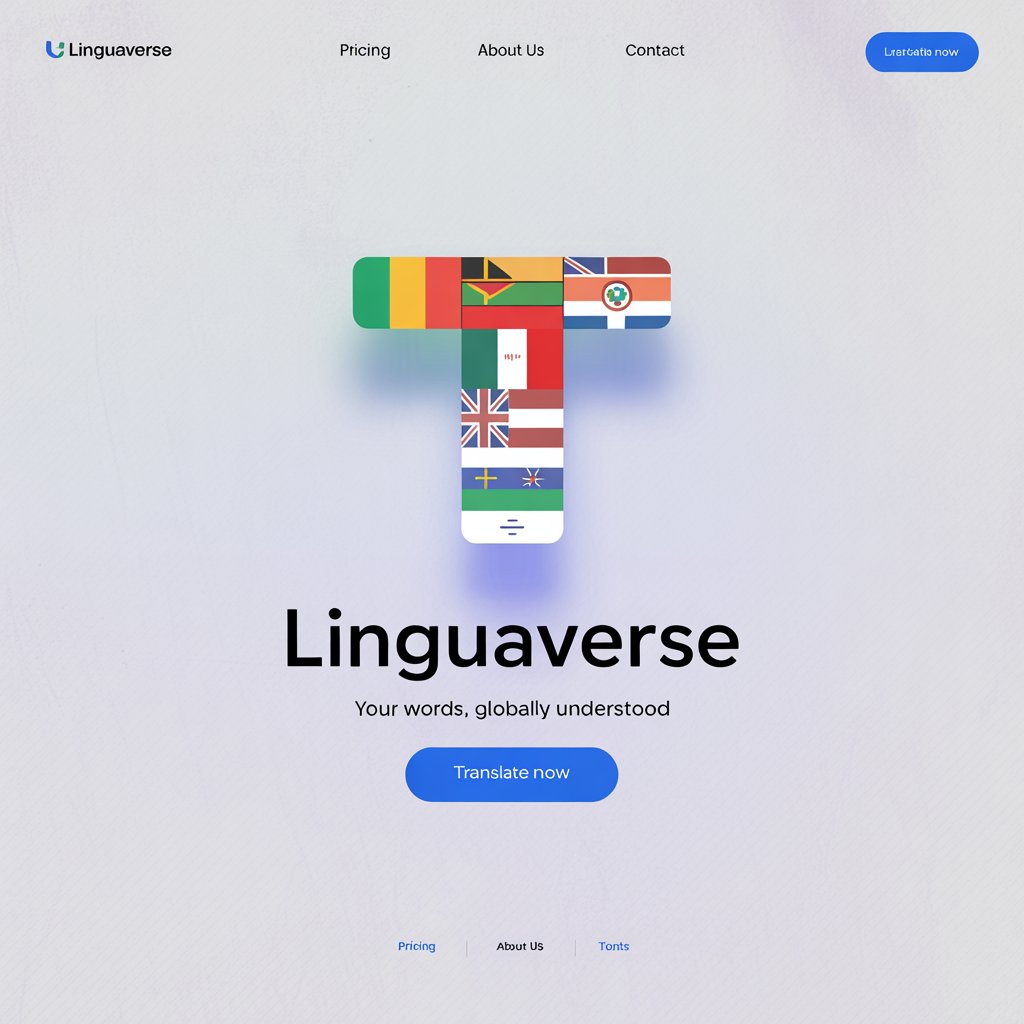The simple act of eating is a thread that weaves through every culture, every language, and every heart. I remember sitting at my grandmother’s table as a child, the air thick with the scent of freshly baked bread and simmering stew.
She’d say, “Eat, love, it’s how we live.” That moment, so small yet so profound, made me realize that eating is more than sustenance—it’s a universal language of care, connection, and survival. Across the globe, the word for “eat” carries unique flavors, shaped by history, tradition, and culture.
Yet, no matter how it’s said, it binds us in a shared human experience. Let’s embark on a journey to explore how “eat” is expressed in different languages and what it reveals about the soul of each culture.
Reference Table: The Word for “Eat” in 15 Languages
| Language | Word/Phrase for “Eat” | Cultural/Linguistic Insight |
| French | Manger | Rooted in Latin “manducare” (to chew), it reflects France’s culinary sophistication. |
| Spanish | Comer | From Latin “comedere,” it’s used in vibrant communal meals across Spain and Latin America. |
| Italian | Mangiare | Evokes images of long, joyful family dinners, tied to Italy’s love for food. |
| German | Essen | A straightforward term, mirroring Germany’s practical yet hearty food culture. |
| Mandarin | Chī (吃) | A concise term, often paired with specific dishes, reflecting China’s diverse cuisine. |
| Hindi | Khānā (खाना) | Also means “food,” showing the deep connection between eating and sustenance in India. |
| Japanese | Taberu (食べる) | Polite and nuanced, it reflects Japan’s emphasis on respect in dining etiquette. |
| Korean | Meokda (먹다) | Informal yet warm, used in Korea’s communal, family-style meals. |
| Arabic | Akala (أكل) | Rooted in Semitic traditions, it’s used across 22 Arab countries with slight variations. |
| Swahili | Kula | A unifying word across East Africa, tied to communal feasts and hospitality. |
| Zulu | Dla | A concise term, reflecting the practical yet communal nature of Zulu dining. |
| Yoruba | Jeun | Used in Nigeria, it carries a sense of enjoyment in eating, tied to celebration. |
| Maori | Kai | Also means “food,” emphasizing the sacred role of eating in Maori culture. |
| Hawaiian | ʻAi | A simple, poetic term, tied to Hawaii’s connection to land and sustenance. |
| Cherokee | Adanvdo | Reflects the Cherokee’s deep respect for food as a gift from the earth. |
European Languages: A Feast of Tradition
In Europe, the word for “eat” is steeped in centuries of culinary tradition. In French, “manger” rolls off the tongue with elegance, evoking images of Parisian cafés and multi-course meals. The French view eating as an art, where every bite is savored. In Spanish, “comer” is tied to the lively tapas culture, where sharing small plates fosters community. Italian “mangiare” brings to mind Nonna’s kitchen, where pasta is love and meals stretch for hours. In German, “essen” is practical yet warm, reflecting hearty dishes like schnitzel shared in beer halls. These languages share Latin roots, but each culture infuses the act of eating with its own personality—whether it’s the French obsession with finesse or the Italian celebration of family.
Asian Languages: A Tapestry of Flavors
Asia’s linguistic diversity mirrors its culinary richness. In Mandarin, “chī” is short and versatile, used in phrases like “chī fàn” (eat rice), reflecting China’s staple-based cuisine. In Hindi, “khānā” doubles as “food,” showing how eating and nourishment are inseparable in India’s vibrant markets and home kitchens. Japanese “taberu” carries a sense of respect, with polite forms used in formal settings, aligning with Japan’s meticulous dining etiquette. In Korean, “meokda” feels warm and familial, perfect for the communal banchan (side dishes) shared at every meal. Arabic “akala” spans 22 countries, from Morocco to Iraq, with slight dialectical shifts but a shared emphasis on hospitality—think of breaking bread during Ramadan. These languages, spoken across over 20 Asian nations, reveal how eating is both a daily necessity and a cultural cornerstone.
African Languages: A Celebration of Community
Africa’s linguistic landscape is as diverse as its cultures, and the word for “eat” reflects this. In Swahili, “kula” is spoken across East Africa, from Kenya to Tanzania, and is tied to communal feasts where ugali (maize porridge) is shared. In Zulu, “dla” is direct, mirroring the straightforward yet communal dining of South Africa’s braais (barbecues). Yoruba “jeun,” used in Nigeria, carries a sense of joy, as meals often accompany festivals or family gatherings. Across at least 20 African nations, from Ethiopia’s “bal” in Amharic to Ghana’s “di” in Twi, eating is a collective act, rooted in hospitality and gratitude for the land’s bounty.
Indigenous & Island Languages: Sacred Sustenance
Indigenous and island cultures offer a unique perspective on “eat.” In Maori, “kai” (also meaning food) is sacred, tied to rituals like the hāngī, a traditional earth-oven feast. Hawaiian “ʻai” reflects a deep connection to the land, where taro and fish are gifts from nature. Cherokee “adanvdo” carries spiritual weight, as meals are seen as offerings from the Creator. Samoan “ʻai” is used in communal feasts, where food strengthens family bonds. These languages, spoken in communities across at least 20 regions (from Native American tribes to Pacific islands), emphasize eating as a sacred act, deeply tied to identity and the environment.
Cultural Insights: The Evolution of “Eat”
The word for “eat” has ancient roots, often tied to survival and ritual. In Latin, “manducare” (to chew) evolved into Romance languages’ terms, while Semitic roots like Arabic’s “akl” trace back to ancient trade routes. In many cultures, eating is more than physical—it’s spiritual. For example, in Hinduism, food is offered to deities before consumption, and in Maori culture, meals are a tapu (sacred) act. Historically, feasts marked victories, weddings, or harvests, from Viking feasts to Chinese lunar new year banquets. The act of eating has always been a bridge between the mundane and the divine, reflecting both survival and celebration.
Proverbs: Wisdom Around the Table
Every culture has sayings that capture the essence of eating:
- French: “L’appétit vient en mangeant” – Appetite comes with eating, reflecting the joy of discovery in food.
- Chinese: “Mín yǐ shí wéi tiān” – Food is the heaven of the people, emphasizing its centrality to life.
- Yoruba: “Eni tí ó bá jẹun tí ó kò dúpẹ́, ó dà bí olè” – One who eats and does not give thanks is like a thief, highlighting gratitude.
- Italian: “A tavola non si invecchia” – At the table, one does not grow old, celebrating the timeless joy of shared meals.
- Swahili: “Mwenye njaa hana akili” – A hungry person has no mind, underscoring food’s role in clarity and survival.
FAQs
Why do some words for “eat” sound similar across languages?
Many languages share roots from ancient language families, like Latin for Romance languages or Semitic for Arabic and Hebrew. These connections reflect historical migrations and trade.
What’s the oldest known word for “eat”?
While exact origins are hard to pinpoint, Proto-Indo-European roots like ed- (to eat) appear in many modern languages, dating back over 6,000 years.
How do cultures differ in expressing “eat”?
Some cultures, like Japan, emphasize politeness in dining terms, while others, like Zulu, use direct terms reflecting practicality. The context—communal, spiritual, or celebratory—shapes the word’s use.
Conclusion
The word for “eat” is a small but powerful key to understanding humanity. Whether it’s “manger” in a Parisian bistro, “chī” over a steaming bowl of noodles, or “kai” at a Maori hāngī, it carries the weight of survival, love, and connection. Across continents and centuries, eating unites us in a shared ritual—one that nourishes both body and soul. What’s the word for “eat” in your language, and what stories does it tell? Share your experiences in the comments below, and let’s celebrate the universal language of food together.




